The Sequential Symphony!
In the symphony of exterior cleaning, every note must be perfectly orchestrated to achieve harmonious results. Just as a composer meticulously arranges each section of a musical piece, the order in which we tackle cleaning tasks can significantly impact the final performance of our property’s appearance. In this blog, we delve into the rationale behind the sequence of sweeping before power washing and why this method yields the most melodious outcomes.
To grasp the importance of this sequential approach, let’s first understand the roles of sweeping and power washing in the cleaning ensemble. Sweeping serves as the initial prelude, removing loose debris, dirt, and grime from surfaces. This preparatory step sets the stage for power washing, which utilizes pressurized water to deeply cleanse and rejuvenate surfaces. Much like tuning instruments before a performance, sweeping ensures that power washing can operate at its optimal efficiency, delivering a flawless rendition of cleanliness.
One of the primary advantages of sweeping before power washing lies in its ability to eliminate surface debris that may hinder the effectiveness of the power washing process. Leaves, twigs, and other loose particles can act as barriers, preventing the water from fully penetrating the surface and achieving a thorough clean. By sweeping beforehand, we clear the stage, allowing power washing to shine brightly and showcase its prowess in revitalizing surfaces.
Moreover, sweeping serves as a vital step in surface preparation, particularly for porous materials such as concrete and asphalt. These surfaces often harbor embedded dirt and grime, which can be challenging to remove solely through power washing. By sweeping first, we dislodge surface contaminants, enabling the pressurized water of the power washer to penetrate deeper into the pores, resulting in a more comprehensive clean and a smoother finish.
Another compelling reason to sweep before power washing is to minimize the risk of surface damage. Power washers exert significant force, capable of removing not only dirt but also paint, sealants, and even fragile surfaces if used indiscriminately. By sweeping away loose debris beforehand, we reduce the likelihood of abrasive particles being propelled by the water stream, thus safeguarding delicate surfaces and preserving their integrity.
Furthermore, sweeping sets the tempo for a more efficient and time-saving power washing session. Without the clutter of surface debris, power washing equipment can operate more smoothly and effectively, requiring less time and effort to achieve desired results. This streamlined process translates to cost savings for property owners and allows cleaning professionals to complete projects with greater speed and precision.
Additionally, the accumulation of dirt over time can clog drains and compromise infrastructure within parking garages. Sweeping not only removes surface debris but also prevents the buildup of dirt that can lead to drainage issues and structural damage. By regularly sweeping the area, property owners can maintain the integrity of their infrastructure and prolong its lifespan, ultimately saving on costly repairs and maintenance.
In essence, the sequential duo of sweeping before power washing is akin to the opening act paving the way for the main performance. By meticulously clearing the stage and preparing surfaces, sweeping ensures that power washing can deliver a flawless rendition of cleanliness, free from obstacles and surface blemishes. So, the next time you embark on an exterior cleaning endeavor, remember the symphonic harmony of sweeping first, then power washing, and let your property’s appearance sing with brilliance.













